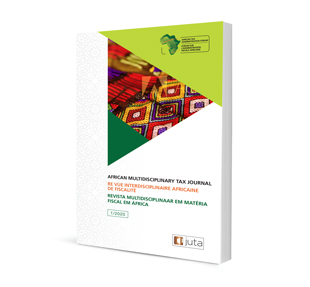
Predicting Customs Fraud Using Machine Learning and Mirror Analysis in Togo

Predicting Customs Fraud Using Machine Learning and Mirror Analysis in Togo
Authors: Pouwemdéou Tchila, Komlan Kawa Agbanho and Abalo Bouwe
ISSN: 2709-8575
Affiliations: Docteur en sciences économiques, Data scientiste, Chef division analyse risques et suiviévaluation, Office Togolais des Recettes & Chercheur associé au CREAMO (Université de Lomé); Docteur en sciences économiques, Inspecteur des Douanes, Chef section brigade à la Division des Opérations Douanières de Kwadjoviakopé de l’Office Togolais des Recettes; Master en Statistiques & Mathématiques, Data scientiste, Chargé de l’analyse des risques et de la programmation fiscale, Office Togolais des Recettes
Source: African Multidisciplinary Tax Journal, Volume 5, Issue 1 (2025), p. 1–26
https://doi.org/10.47348/AMTJ/V5/i1a1
Abstract
Customs fraud is an inherent phenomenon of customs administrations and is most often responsible for undermining customs revenue collection. In an attempt to combat this phenomenon, customs administrations, particularly in developing countries, often conduct extensive and unstructured audits. This is not conducive to the fluidity of international trade. The objective of this study is to analyse the extent to which the use of machine learning and mirror analysis improves the identification of customs fraud, while preserving the objective of revenue mobilisation. Using data from the Togolese Revenue Authority and COMTRADE, the findings indicate that mirror analysis and machine learning can better enhance customs fraud detection. To this end, the study recommends the use of these tools in fraud detection.